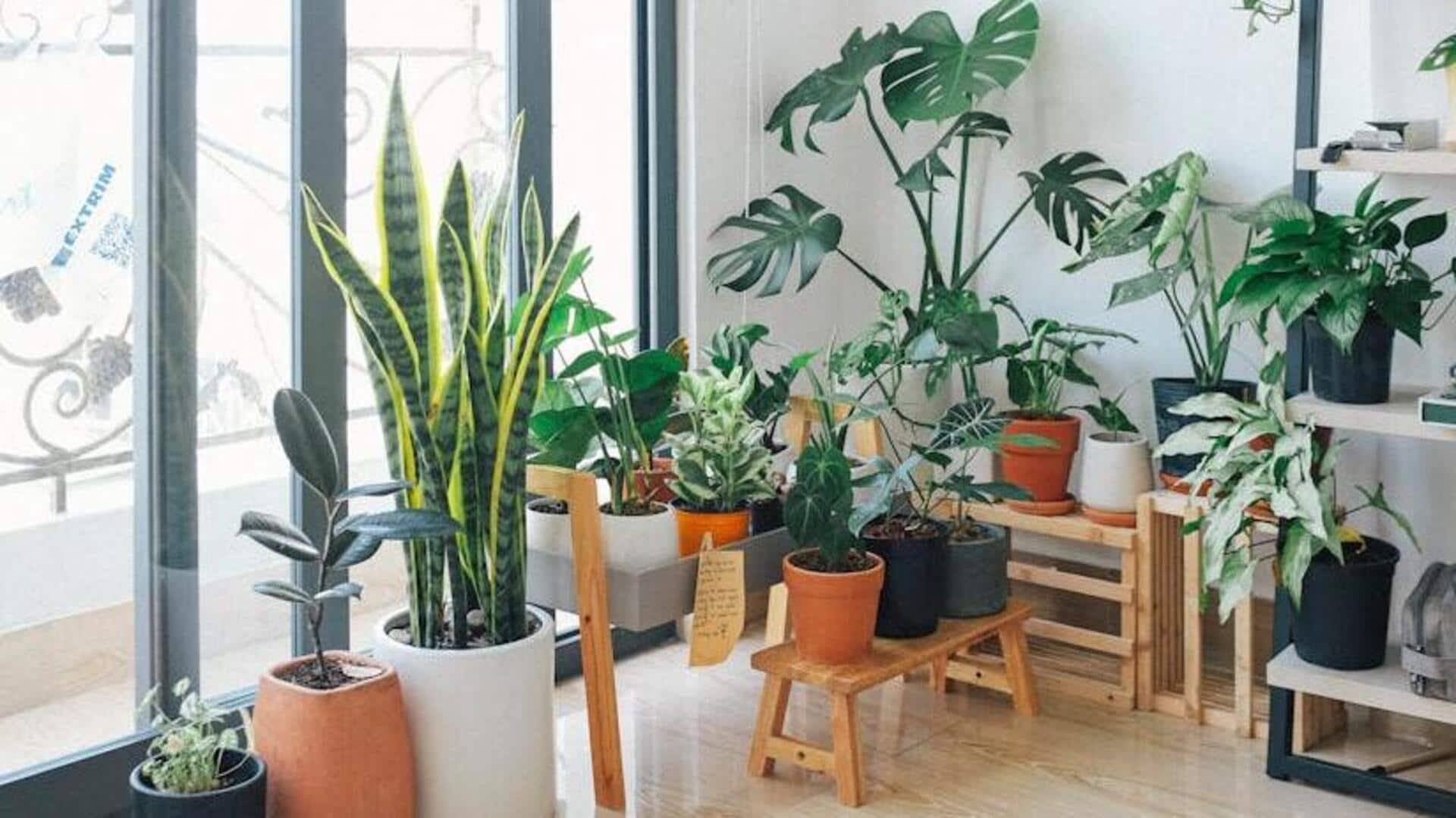
The truth about indoor plants and oxygen
What's the story
A lot of people are under the impression that indoor plants can dramatically increase oxygen levels in their homes. This belief has fueled a houseplant-buying frenzy, as people seek to cleanse their air and bring a touch of nature's magic into their living rooms. But, it's crucial to separate fact from fiction when it comes to such claims.
Myth 1
Plants don't make rooms oxygen havens
The popular notion that indoor plants boost oxygen levels in homes is unfortunately a myth. Yes, plants do photosynthesis and generate oxygen, but the amount produced by a typical houseplant is negligible. Research suggests it would take hundreds of plants in a small room to replicate outdoor oxygen production. So, their impact on indoor oxygen levels and air quality is too small to significantly benefit human health.
Myth 2
Air purification exaggerated
NASA's 1980s research indicated that certain plants could eliminate air pollutants in laboratory settings. However, achieving similar results in regular households is challenging. The process of air purification by plants is slow, requiring intense light, along with regulated temperature and humidity. So, while indoor plants can't exactly hurt, they're not the miracle air purifiers some claim.
Myth 3
Mental health benefits overstated
Indoor plants are often credited with improving mental health by reducing stress, but this claim is largely exaggerated. The benefits to well-being come primarily from the lifestyle changes associated with caring for plants, rather than the plants themselves. While they certainly add beauty and modestly improve air quality, it's crucial not to overstate their health benefits.